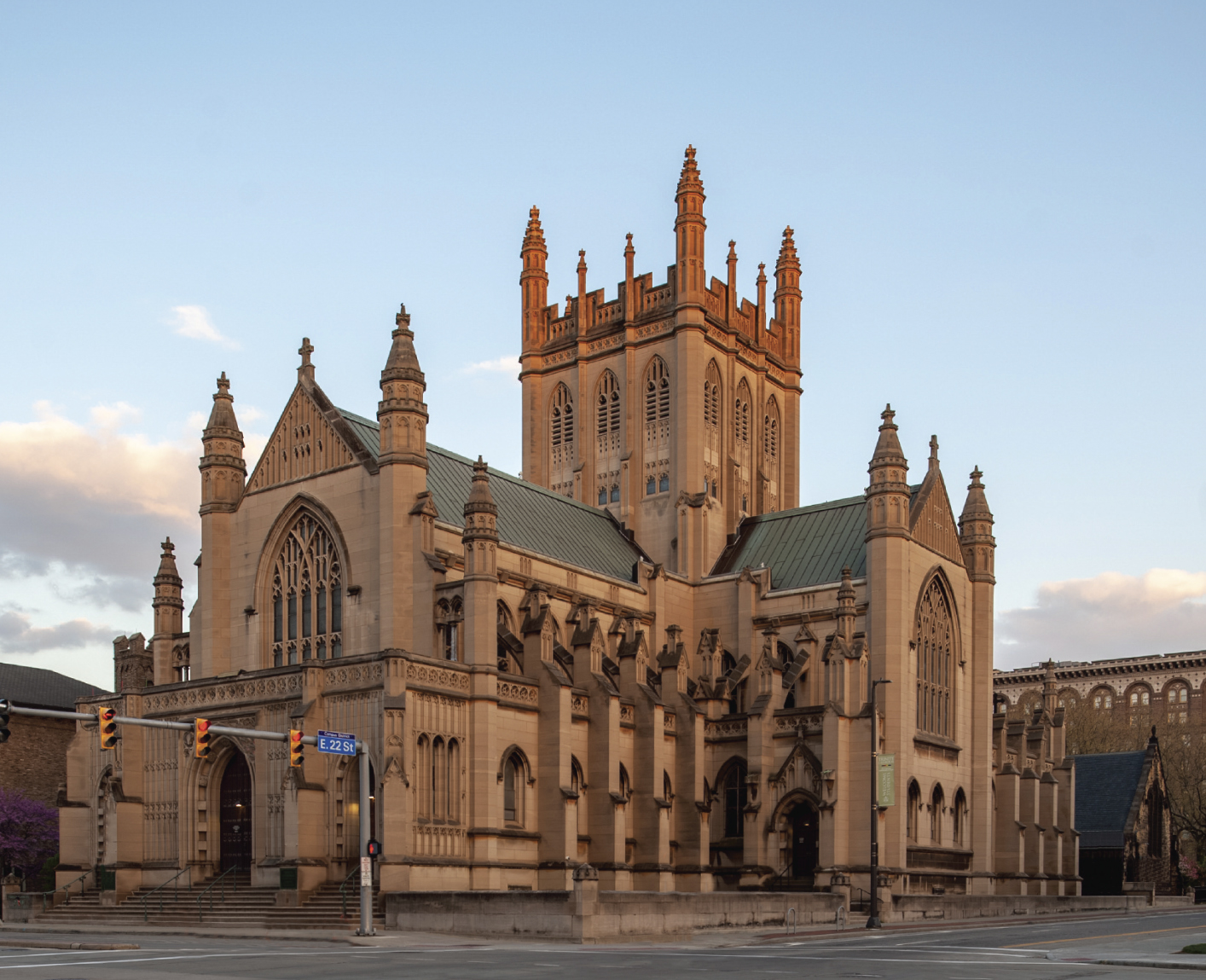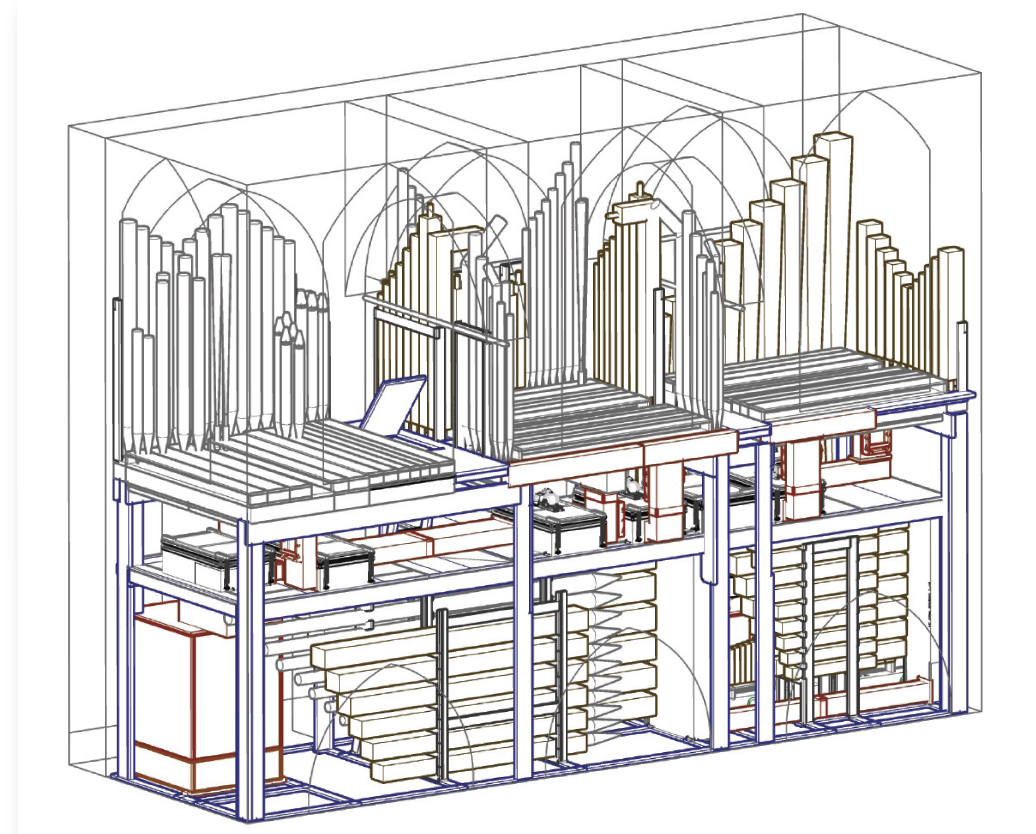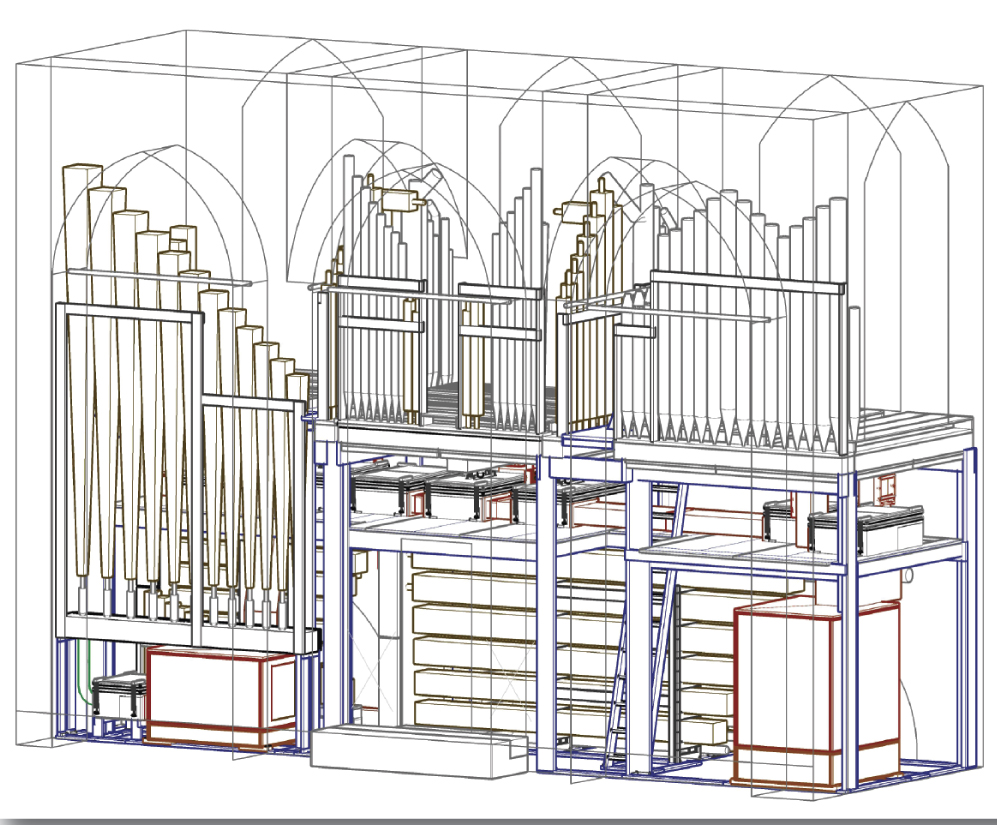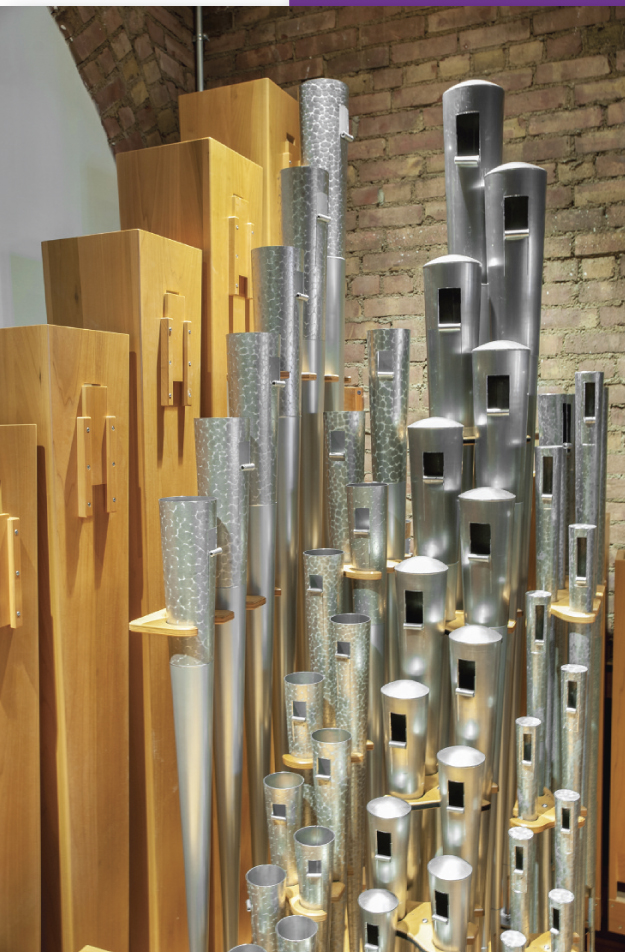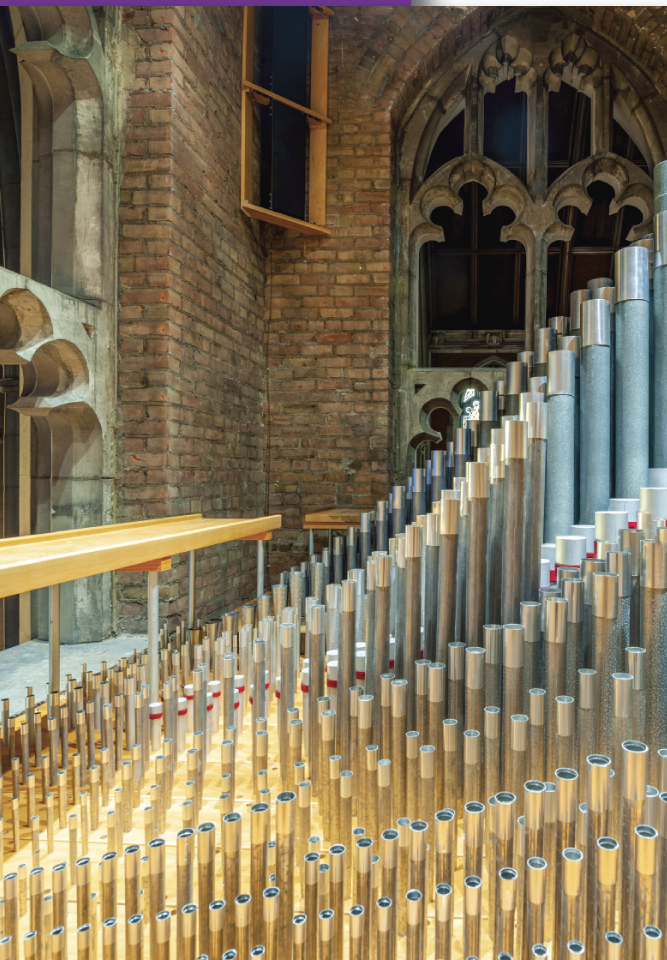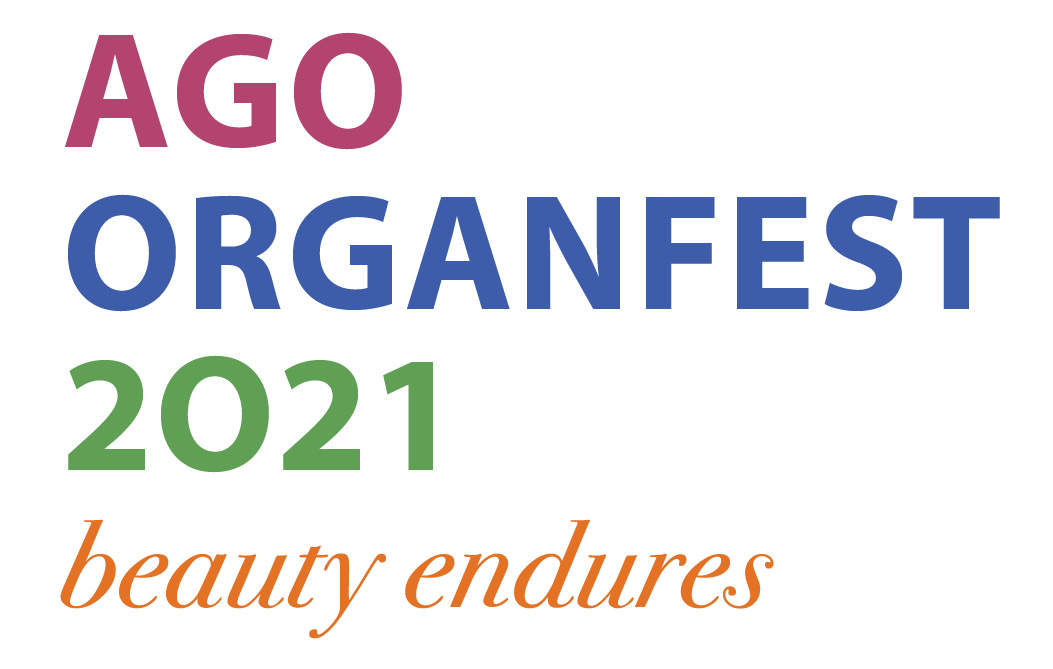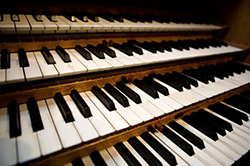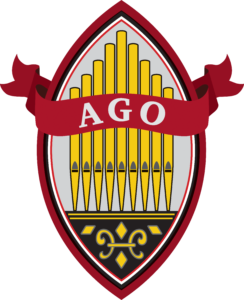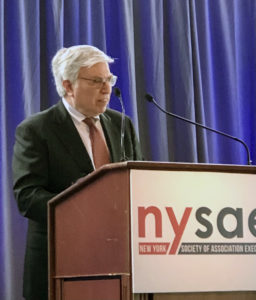 James E. Thomashower, executive director of the AGO, has received the Distinguished Service Award of the New York Society of Association Executives. The award recognizes outstanding committee service demonstrating team leadership as a chair, vice chair, participant, or liaison as a contributing member of one or more NYSAE committees that promote the purposes of the organization and benefit its members. Thomashower is a longtime member of NYSAE, most recently serving on the task force that worked on organization bylaws. A holder of the CAE credential (Certified Association Executive), he is currently working with a task force to address revitalizing the NYSAE Foundation.
James E. Thomashower, executive director of the AGO, has received the Distinguished Service Award of the New York Society of Association Executives. The award recognizes outstanding committee service demonstrating team leadership as a chair, vice chair, participant, or liaison as a contributing member of one or more NYSAE committees that promote the purposes of the organization and benefit its members. Thomashower is a longtime member of NYSAE, most recently serving on the task force that worked on organization bylaws. A holder of the CAE credential (Certified Association Executive), he is currently working with a task force to address revitalizing the NYSAE Foundation.
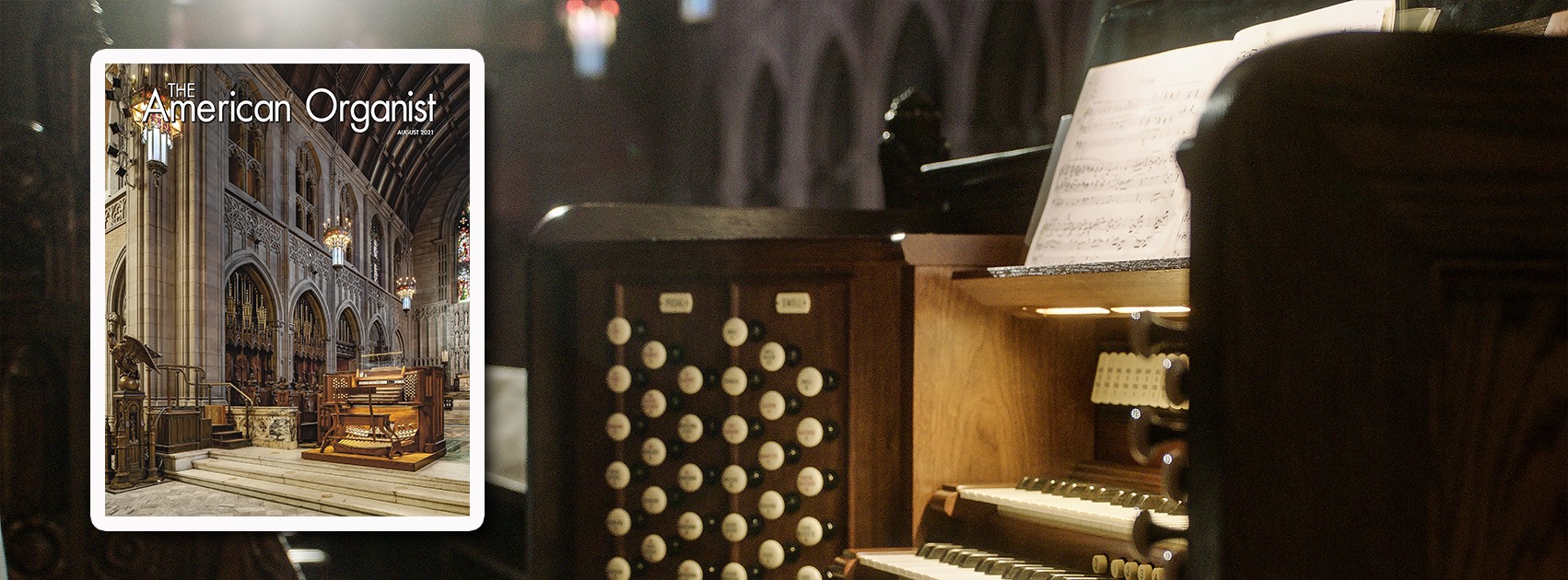 Trinity Cathedral
Trinity Cathedral